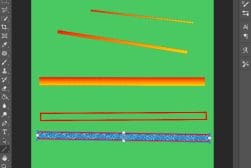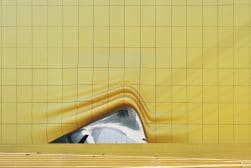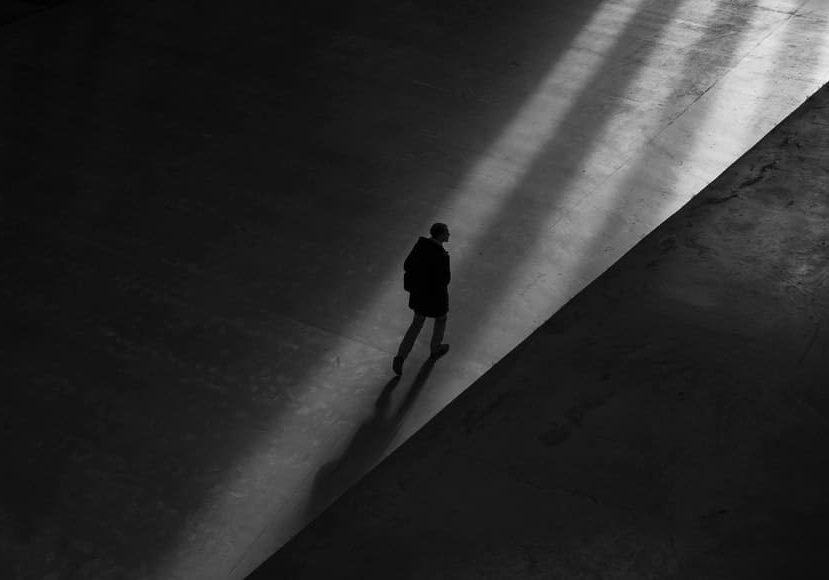
How to Use Line, Shape and Form in Photography Composition
Using line, shape and form in photography composition can really elevate your images. Learn how to use these elements with our beginners' guide.
Learn | Photography Guides | By Ana Mireles
Have you heard about the importance of line, shape and form in photography? Representing a three-dimensional world in a two-dimensional image is not an easy task.
The thing about line, shape and form is that they help you to add depth to your image. They’re also some of the most important concepts in photography composition.
In this article, you’ll learn what they are and how they can come together to improve your photographs. You’ll also find some concrete photography tips on how to use them, accompanied by examples for your inspiration.
Let’s get to work!
What is Line, Shape and Form in Photography?
-
Line

Credit: Adil
Line is a point that extends in space to connect different areas or elements. In photography, the lines can be physical or implied.
For example, a physical line can be the edge of a road that starts in the foreground; following it, you reach the background.
An implied line, on the other hand, is one that you can’t see, but that you follow nonetheless. For example, you start at the eyes of the subject and follow an imaginary line towards the place he or she is looking at.
-
Shape

Credit: Rakicevic Nenad
Shape is the outline of something. When you see an element represented in two dimensions, that’s a shape.
In photography, one of the most common examples of a shape is a silhouette.
Organic shapes can be found throughout nature.
-
Form

Credit: Scott Webb
Form refers to a three-dimensional object even if represented on a two-dimensional surface, such as a photograph.
The depth is the third dimension, and it can be achieved by the use of shadows or depth of field.
Shape vs Form in Photography
You may be wondering what the difference is between shape and form in photography.
Put simply, the shape is two-dimensional, and the form is three-dimensional.
For example, if you photograph something with the sun behind it to block out everything but the silhouette, you’re capturing only the object’s shape.
If you expose it in such a way that you can see its details, then it’s no longer a shape but a form.
How to Use Line, Shape and Form in Photography Composition
Use leading lines

Credit: Pixabay
Leading lines are exactly what they sound like – lines that lead or guide the viewer’s eye towards the most important element in the picture (or throughout the picture to reach different elements).
Horizontal lines are often used in landscapes or images shot with a wide-angle lens because they run from one side of the frame to another.
On the other hand, vertical lines guide the eye up and down in the picture – you can use them to communicate a hierarchy between elements.
You can also use converging or diagonal lines in your photography. These add depth and help the viewer understand perspective and distance in the photo.
Regardless of the direction, you can choose between straight lines or curved lines.
How Much Do You REALLY Know About Photography?! 🤔
Test your photography knowledge with this quick quiz!
See how much you really know about photography...

To create leading lines, you can use natural lines such as trees or human-made objects like a fence.
However, leading lines are not always visible but implied – for example, if the subject is pointing at something, he’s creating an imaginary leading line.
Use shadows to create shapes

Credit: Mathilde Langevin
Shadows are shapes because they don’t have details – they are the outline of a three-dimensional object that’s blocking the light.
These shapes can be a powerful compositional tool – or they can even be the main subject of the photo.
Look at the example image above. Notice how the shadow of the hand is the only shape without a visible form attached to it. This is what makes it the main element that adds interest to the entire image.
Making shadows interact with three-dimensional forms is just one way to use them in your photography. Why not experiment to find other creative effects?
Create a silhouette

Credit: Hidden Couple
When you create a silhouette, the contrast between the light background and the dark shape clarifies the focal point of the image.
To photograph a silhouette, you need to measure the light of the background and adjust the settings to expose that part of the image correctly. This way, the subject remains underexposed as a shape.
Don’t forget to check the metering mode in your camera to take control over the light reading.
Create patterns

Credit: Toan Pham
The repetition of a shape, line or form creates patterns that can be used for photography composition. Our mind is designed to receive and organize tons of information – that’s why patterns are appealing to us and give us a calm feeling.
There are many different types of patterns: regular, organic, geometric, etc., and they can be human-made or naturally created. There can be irregular shapes, organic shapes, geometrical design elements, abstract forms, and so on.
Patterns are a common subject matter in architectural photography – e.g., capturing geometric shapes such as building blocks.
Organic shapes or forms also create patterns and are usually found in nature – that’s why they are common subjects in landscape photography or macro photography.
See also our guide on how to use repetition in photography composition.
Use directional light
In photography, light helps us turn a form into a shape and vice versa. For example, backlighting an object creates a silhouette, and the form becomes a shape.
The same thing happens if you light it directly from the front – it will be flattened and lose depth. However, if you place the light from an angle, it creates shadows, and the object’s form is revealed.
The direction of the light then becomes important when working with shape and form. Normally, hard light is easier to control, because soft lighting happens when the light is scattered (as it is on an overcast day).
Of course, there’s a wide range of intensity within directional light from really harsh to much softer – but it always creates shadows that clearly indicate where the light is coming from.
Use negative space
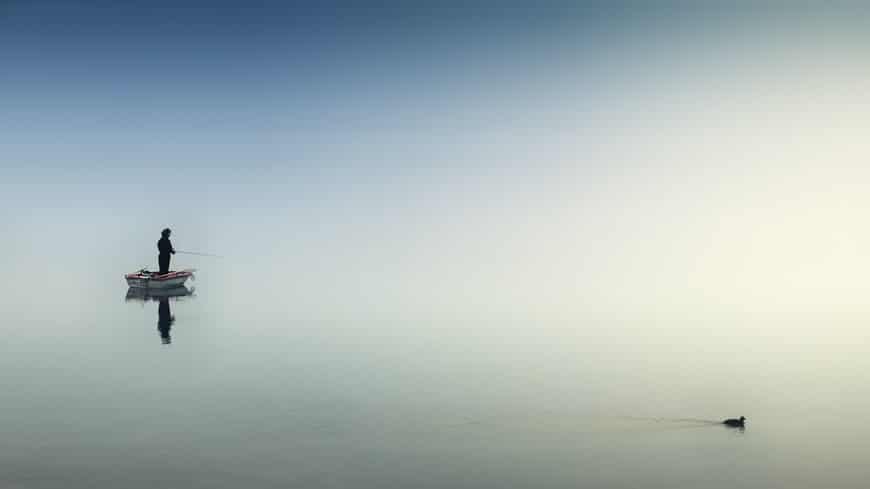
Credit: Johannes Plenio
In photography composition, positive space is your subject and negative space is the ’empty’ area around it.
Both are equally important, and to create a good composition, you need to find the right balance between them.
Have you ever seen a photograph that’s too tightly cropped and you had a feeling that it needed more space on the top or on the side? That’s because it was unbalanced.
The negative space in a photo is a shape – and, when it’s used correctly, it will help the main subject to stand out.
You can use other composition rules to determine where to place the main subject – for example, where lines intersect in the rule of thirds.
Change your point of view to create shapes

Credit: Juan Cruz Palacio
Changing perspective or the point of view of your camera also influences the way we perceive an object – whether we consider it a shape or a form.
One of the reasons is light, as we touched on in the previous tip about directional lighting.
The position of the light source in relation to the subject and the camera can make a great difference in the level of detail we see in the photograph.
However, consider an object lighted by non-directional light – we could still perceive it differently according to where we are standing.
Think about a pyramid – if you see it from the front, you’ll see a triangle (a shape). If you look at it from the top, then it’s a square (another shape).
Only by looking at it from an angle that allows us to see two sides of it will we be able to perceive it’s a pyramid – a three-dimensional form.
As you can see, the camera’s position in relation to the elements plays an important role in the way we see them. This visual game is often used in drone photography.
Combine different techniques
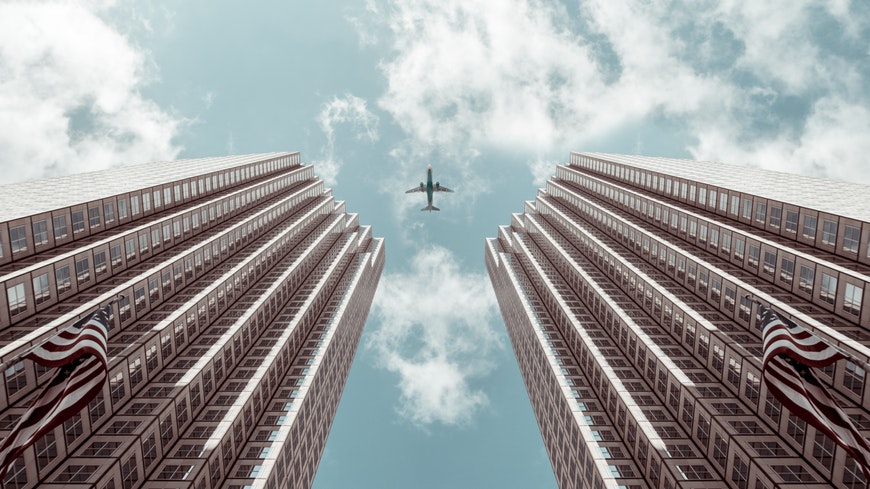
Credit: Jacoby Clarke
Ok, now that you know the three basic building blocks of photography composition and how to use them to draw the viewer’s eye to where you want it to go, why not try mixing different photography techniques?
By being aware of line, shape and form, and by using them together, you can create more powerful images.
Final Words
Line, shape and form are three concepts that can help you master composition in your photography.
It might seem a bit complicated to apply them in your practice – however, you’re probably already using them intuitively. It’s just a matter of being aware so that you can really take advantage and up your photography skills.
I hope this article gave you some helpful photography tips and helped you to better understand what line, shape and form are and how you can use them.
If you have any questions or suggestions, leave them in the comments section below.

Check out these 8 essential tools to help you succeed as a professional photographer.
Includes limited-time discounts.









